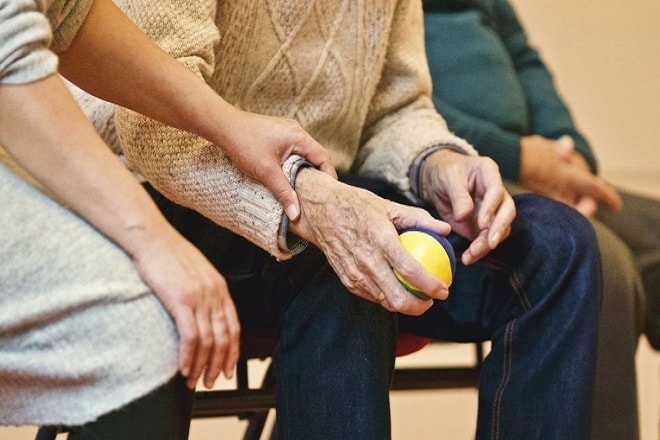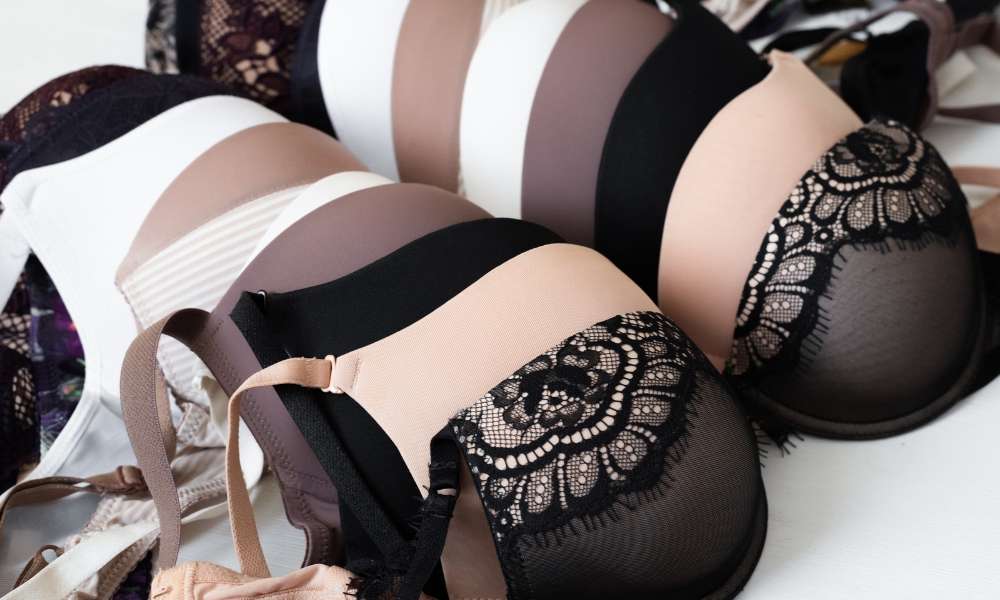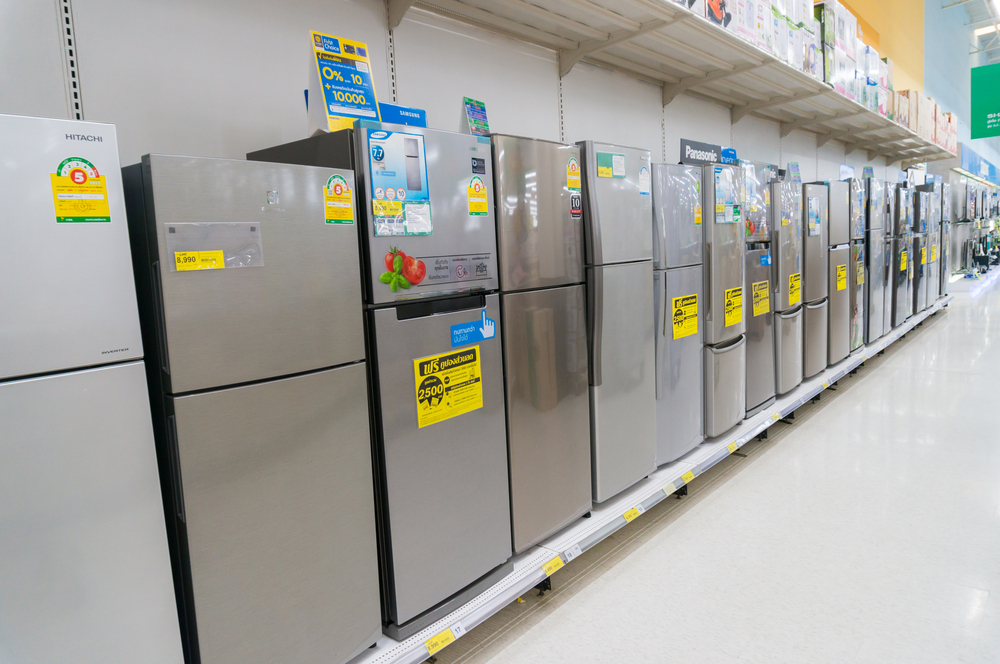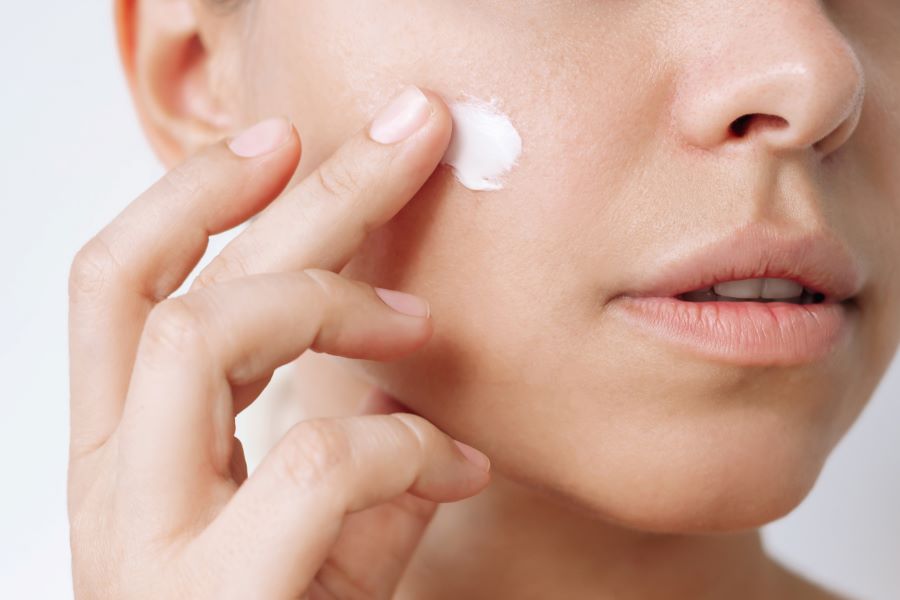Tired of Varicose Veins? Laser Treatment Could Be the Relief You’ve Been Looking For
Varicose veins aren’t just a cosmetic issue — they can cause discomfort, heaviness, and impact your confidence. The good news? You don’t need surgery to treat them anymore. Laser treatment for varicose veins is a fast, effective, and virtually pain-free solution that more people are choosing in 2025.

What Are Varicose Veins — and Why They Happen
Varicose veins are enlarged, twisted veins that often appear blue or purple beneath the skin. They develop when the valves within our veins that help blood flow toward the heart become damaged or weakened. When these valves malfunction, blood can flow backward and pool in the veins, causing them to stretch and twist.
Several factors increase the risk of developing varicose veins. Genetics play a significant role—if your parents had them, you’re more likely to develop them too. Other risk factors include aging, pregnancy, obesity, standing for long periods, and hormonal changes. Women are more susceptible than men due to hormonal influences on vein walls.
Beyond their characteristic appearance, varicose veins can cause uncomfortable symptoms including aching pain, throbbing, burning, muscle cramping, swelling, and a feeling of heaviness in the legs. In severe cases, they can lead to complications like skin ulcers or blood clots.
How Laser Treatment Works
Laser treatment for varicose veins represents a significant advancement in vascular medicine. The procedure uses concentrated light energy to target and close problematic veins without damaging surrounding tissues.
There are two primary types of laser treatments for varicose veins:
-
Endovenous Laser Treatment (EVLT): This minimally invasive procedure involves inserting a thin fiber into the affected vein through a small incision. The laser emits heat energy that causes the vein to collapse and seal shut. Blood flow naturally redirects to healthier veins.
-
Surface Laser Treatment: This non-invasive option is typically used for smaller spider veins or tiny varicose veins close to the skin’s surface. The laser passes through the skin without requiring any incisions, targeting and destroying the affected veins.
During the procedure, patients receive local anesthesia, meaning they remain awake but feel minimal discomfort. Most treatments take less than an hour, and patients can typically return to normal activities within 24 hours—a stark contrast to traditional surgical approaches.
Benefits of Laser Treatment Over Traditional Surgery
Traditional varicose vein surgery, known as vein stripping, involves making incisions to physically remove problematic veins. While effective, this approach comes with significant drawbacks that laser treatment elegantly avoids.
Laser treatment offers numerous advantages, including:
-
Minimal invasiveness with tiny incisions or none at all
-
Reduced pain during and after the procedure
-
Shorter recovery times—often allowing patients to resume normal activities within a day
-
Lower risk of infection and complications
-
Reduced scarring compared to traditional surgery
-
Outpatient procedure with no overnight hospital stay
-
High success rates in eliminating varicose veins
Traditional vein stripping typically requires general anesthesia, involves larger incisions, necessitates longer recovery periods (often weeks), and carries higher risks of complications. The contrast in patient experience between the two approaches is significant, which explains why many medical professionals now recommend laser treatment as a first-line option for suitable candidates.
Real Results from Real People
The effectiveness of laser treatment for varicose veins is well-documented through both clinical studies and patient experiences. Most patients report significant improvement in both the appearance of their legs and relief from symptoms.
Typical outcomes include visible reduction in vein appearance within weeks, with complete resolution often occurring over 2-3 months as the body naturally absorbs the treated veins. More importantly, patients frequently report immediate relief from symptoms like aching, heaviness, and night cramps following treatment.
Success rates for endovenous laser treatment are impressively high, with studies showing effectiveness rates between 95-98% at two years post-treatment. Recurrence rates are also lower compared to traditional surgical methods.
Patient satisfaction surveys consistently show high approval ratings, with many patients expressing regret at not seeking treatment sooner. Most report minimal discomfort during the procedure and are surprised by how quickly they can return to normal activities.
Cost and Payment Options
The cost of varicose vein laser treatment varies based on several factors, including geographical location, the severity of the condition, the number of veins requiring treatment, and whether one or both legs need attention.
| Treatment Type | Average Cost Range | Insurance Coverage |
|---|---|---|
| Endovenous Laser Treatment (EVLT) | $2,000-$5,000 per leg | Often covered if medically necessary |
| Surface Laser Treatment | $400-$800 per session | Typically not covered (considered cosmetic) |
| Traditional Vein Stripping | $4,000-$10,000 | Generally covered if medically necessary |
Prices, rates, or cost estimates mentioned in this article are based on the latest available information but may change over time. Independent research is advised before making financial decisions.
Many insurance providers cover laser treatment for varicose veins when it’s deemed medically necessary rather than purely cosmetic. Documentation of symptoms like pain, swelling, or complications is typically required for coverage. Providers usually require patients to try conservative treatments first, such as compression stockings, before approving more advanced interventions.
For those without insurance coverage, many vein clinics offer financing options, including payment plans, healthcare credit cards (like CareCredit), and health savings account (HSA) compatibility. Some clinics also provide package deals for patients needing multiple treatments, resulting in significant savings compared to paying for individual sessions.
When considering treatment, it’s advisable to consult with multiple providers to compare both approaches and costs, as prices can vary considerably between clinics even within the same geographic area.
Varicose vein laser treatment represents a significant advancement in vascular care, offering patients an effective, less invasive alternative to traditional surgery. With high success rates, minimal downtime, and increasingly accessible payment options, it’s no wonder more patients are choosing this modern approach to find relief from the discomfort and appearance of varicose veins.
This article is for informational purposes only and should not be considered medical advice. Please consult a qualified healthcare professional for personalized guidance and treatment.




